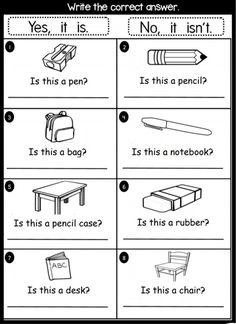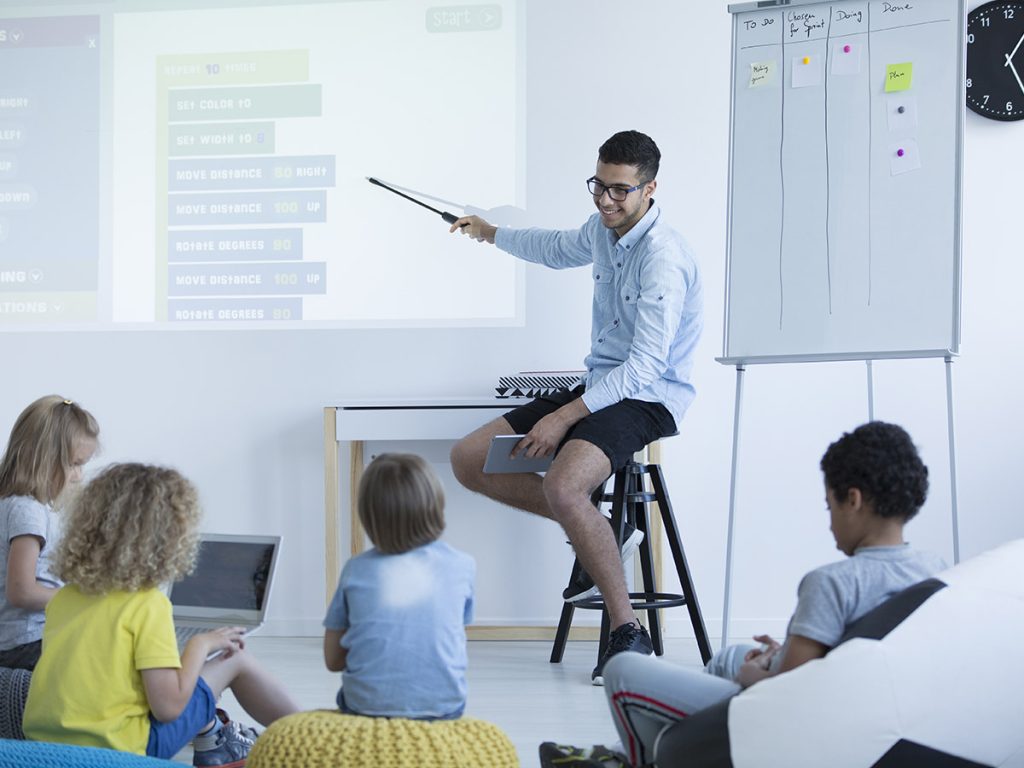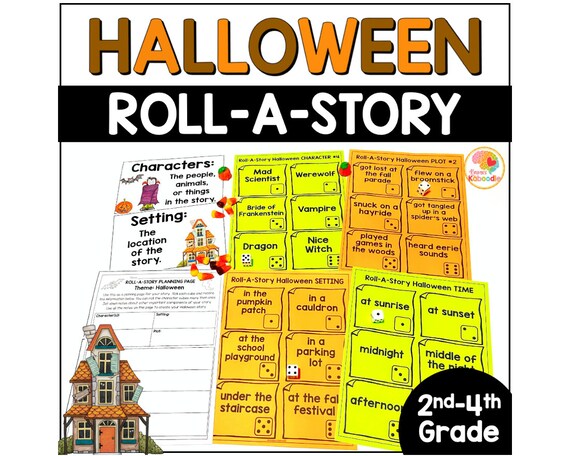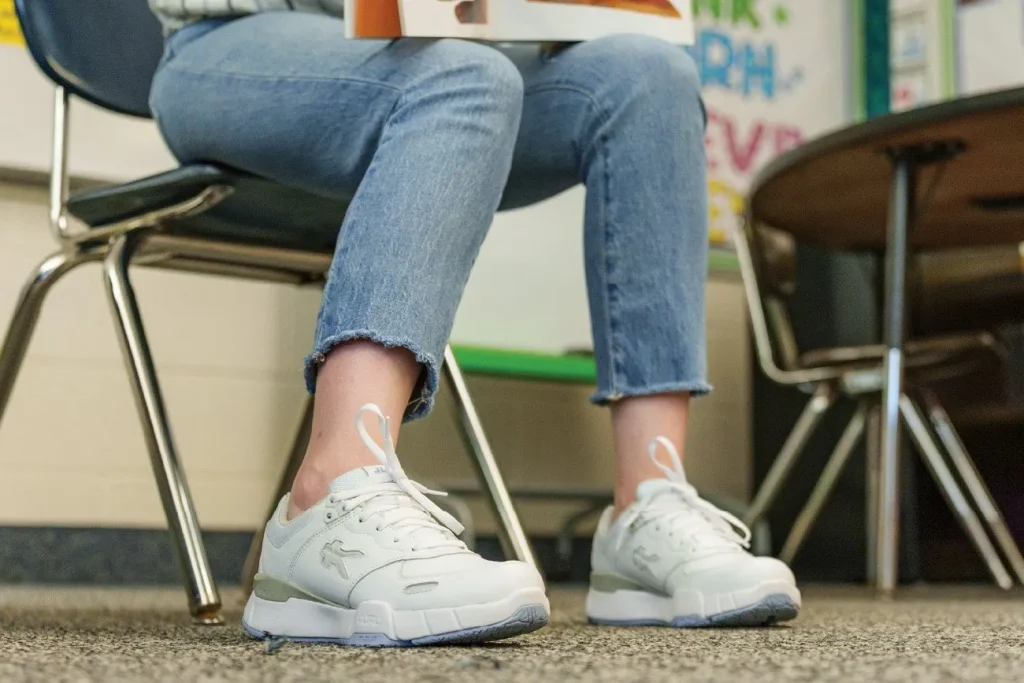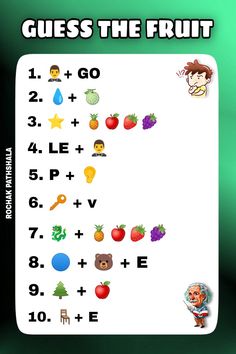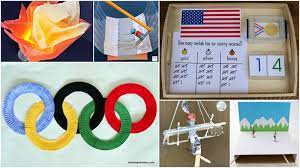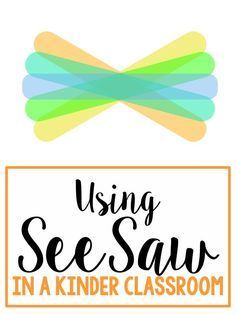Forces are one of the fundamental aspects of physics that govern the behavior of everything in the universe. When it comes to educational resources, teaching about forces can encompass a wide range of topics, from simple explanations of Newton’s Laws to complex discussions on quantum mechanics.
Here are some teaching resources that might help in explaining the concept of forces:
1. Interactive Simulations: Websites like PhET Interactive Simulations offer free online tools for students to see and interact with force-related concepts, such as gravity, friction, and motion.
2. Demonstrations: In-class demonstrations using simple tools like spring scales, toy cars, or balloons can illustrate how forces work in an engaging way.
3. Worksheets: Providing worksheets with problems and real-life scenarios can help students apply what they’ve learned about forces.
4. Videos: Educational videos can bring complex ideas to life and show real-world applications of forces, such as physics documentaries or YouTube channels like Vsauce or Veritasium.
5. Experiments: Hands-on experiments enable students to explore forces directly, like measuring how different surfaces affect friction or how mass affects gravitational pull.
6. Lesson Plans: There are numerous free lesson plans available online that cover various aspects of forces for different grade levels; these often include activities, discussion questions, and assessment ideas.
7. Textbooks: While traditional, textbooks remain a valuable resource as they provide structured content on the topic.
8. Science Kits: Science kits specifically designed around the theme of forces can provide all the necessary materials for experiments and demonstrations in an easy-to-use package.
It’s crucial for resources to be age-appropriate and aligned with curriculum standards to ensure they meet educational requirements while still being engaging for students. By utilizing a mixture of these resources, educators can create a rich learning environment where students can effectively grasp the intricate concepts that come with understanding forces.


